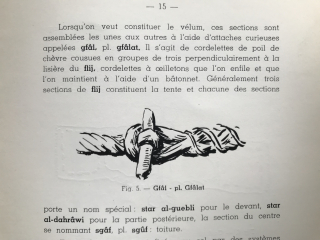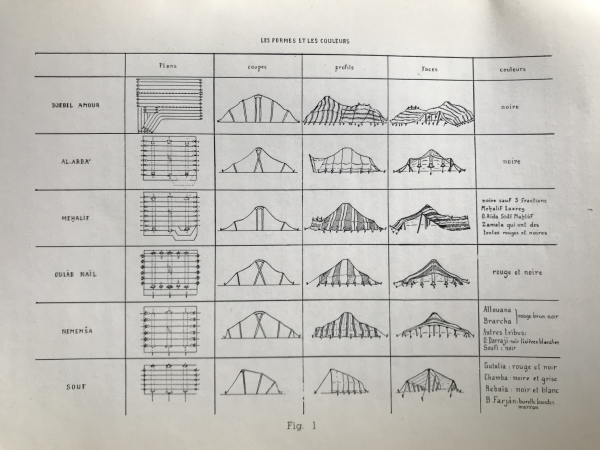The Library's Resource of the Month for November takes us to Algeria. There, we want to pay a virtual visit to the Musée des Antiquités in Algiers, or rather, to the former Musée Stéphane Gsell, during a series of events that were held between 1954 and 1958. Today, we will not just walk in the door (even if I am certain I’m not the only one who would very much like to do just that). As always in this column, we will move along the paths of the imagination, inspired by the books in the collection of the ICCROM Library.
This time we chose not just one book but a whole series of slim grey volumes packed tightly together, opening the classification XXVII A Algérie; the number ‘XXVII’ stands for museum catalogues.
This small collection is composed of 13 volumes of the so-called Conférences-Visites du Musée Stéphane Gsell. With their covers of grey cardboard, the 20-30 page long publications in this series were published in 1957-1958 by the Direction de l'Intérieur et des Beaux-Arts, Gouvernement Générale de l'Algérie. The authors were experts in the field of archaeology, university professors, or museum staff, such as Georges Marçais, a French expert on Islamic art and architecture at that time, or Marcel Le Glay, archaeologist and historian, as well as his colleague and friend Jean Lassus. Lassus, an expert on Christian monuments in Syria was active in the Résistance and as a result sent to the Dachau concentration camp where he ultimately survived. In 1967, he became the first director of the well-known journal Antiquités Africaines. After his death in 1990, his friend Le Glay stated in an obituary (Antiquités Africaines, Année 1991, N. 27, p. 7-9) that the two had worked together in Algiers since June 1955 "dans une atmosphère de cordiale et souriante amitié comme lui seul la savait créer d'emblée" (in an atmosphere of cordial and smiling friendship as only he knew how to create from the start).
The series can be seen as the result of a fruitful cooperation between different authors and personalities in the field of archaeology and antiquities, and also museology and heritage conservation. Each individual volume is interesting and worth reading in its own right. The topics of the individual numbers range from excursions on specific sub-collections in the museum, such as Volumes 1, 6 and 9, which Marcel Leglay dedicates respectively to eastern religions, and ancient sculpture and portraiture, or 4, 10 and 11, in which Jean Lassus writes about the art of the mosaic, reliquaries and parts of the museum's sculpture collection.
We also owe perhaps three of the most interesting volumes to L. Golvin: 5, which deals with Islamic ceramics in the museum's collection, 8, on North African textile art in the Stephan Gsell Museum, and volume 12 on "L'Art de la tente", printed in 1957-58. Golvin, at that time professor at the Faculté des Lettres d'Alger, analyses here the tents of the nomads, their typologies and their construction (Ill. 1), going into great detail. The text is illustrated with drawings of particularities in construction, and to document accurately some of the components and materials, Golvin uses the terms in the language of the nomads (Ill. 2). At the end of the essay, the author dedicates some paragraphs to the intangible heritage of the nomads, their music and dance, which play an important role in their daily lives.
In this essay, we can clearly read the author's enthusiasm between the lines, not only for the complex art of the tent constructions, but above all, for the people who inhabited them. In my personal view, Golvin clearly understood the strong connection between place and heritage, without explicitly mentioning it, but simply by dedicating his studies to the places and homes where – only 70 ago – these nomad families lived their lives and celebrated their culture.
Regrettably, our journey ends here, but we invite you to embark on many more by visiting us in the library ... in person or virtually!
For any further information, please write us at library@iccrom.org.


